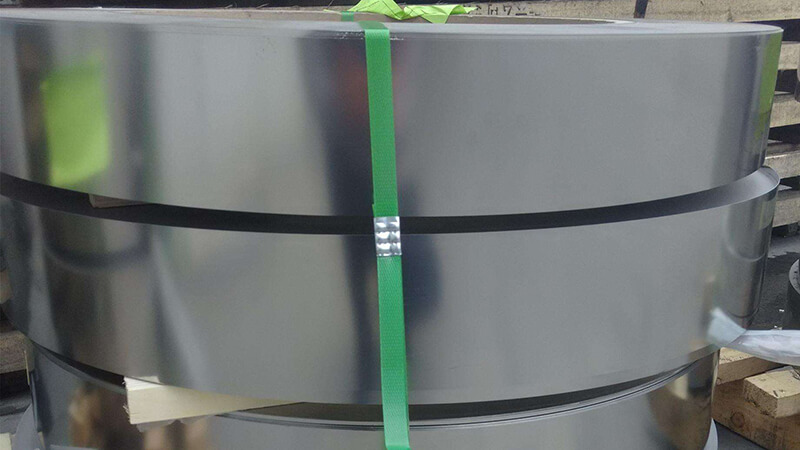
Stainless steel AISI 420 (SS420), UNS S42000
AISI 420 stainless steel (SS420) is a straight chromium martensitic stainless steel with certain wear resistance, corrosion resistance and high hardness.
SS420 Steel Data
The tables below provide data sheets and specifications of stainless steel 420 (SS420), including chemical composition, properties, heat treatment, etc.
Chemical composition
The table below shows the composition of ASTM AISI 420 stainless steel.
| Chemical composition, % | ||||||||||
| ASTM | AISI (UNS) | C, ≥ | Yes, ≤ | Mn, ≤ | P, ≤ | S, ≤ | Cr | Ni, ≤ | Mo, ≤ | Product form |
| ASTM A240/A240M | SS 420 (UNS S42000) | 0.15 | 1.00 | 1.00 | 0.040 | 0.030 | 12.0-14.0 | 0.75 | 0.50 | Plate, Sheet and Strip |
| ASTM A276A/A276M | 0.15 | 1.00 | 1.00 | 0.040 | 0.030 | 12.0-14.0 | – | – | Bars and Shapes | |
Properties of AISI 420 stainless steel
The information below lists the properties of Type 420 (SS420) stainless steel, including physical properties and mechanical properties.
Physical properties
The physical properties of SS 420 stainless steel are listed in the table below, such as density, melting point, specific heat, electrical resistivity, modulus of elasticity, thermal conductivity and coefficient of thermal expansion (CTE).
420 Stainless Steel Property Information – 1.
| Physical properties of SS 420 | |
| Density, g/cm3 (lb/in.3) | 7.8 (0.28) |
| Melting point, °C (°F) | 1450-1510 (2650-2750) |
| Specific heat capacity, J/kg·K (Btu/lb°F) | 460 (0.11) at 0-100°C (32 to 212°F) |
| Electrical resistivity, μΩ·m | 0.55 at 20°C |
| Elastic Modulus (Modulus of Elasticity), GPa (10 6 psi) | 200 (29) |
| Thermal conductivity, W/m·K (Btu/ft·h·°F) | 24.9 (14.4), at 100°C (212°F) |
| Coefficient of thermal expansion, μm/m·°C (μin./in. ·°F) | 10.3 (5.7), at 0-100°C (32-212°F) |
| 10.8 (6.0), at 0-315°C (32-600°F) | |
| 11.7 (6.5), at 0-538°C (32-1000°F) | |
Mechanical properties
The mechanical properties of AISI 420 stainless steel are given in the data sheet below, including tensile strength, yield strength, elongation, area reduction, Brinell and Rockwell hardness, Charpy impact test, etc.
Type 420 – 2 stainless steel property information.
| Mechanical properties of SS420 under various heat treatment or cold working conditions. | |||||||
| Type (UNS) | Illness | Tensile strength, MPa (ksi), ≤ | Yield limit, MPa (ksi), ≤ | Elongation by 50.8 mm (2 in.), %, ≥ | Reduction in area, %, ≥ | Toughness | Charpy V-notch impact force, J (ft·lbf) |
| AISI 420 (UNS S42000) | Oil quenched at 1038°C (1900°F) and tempered at 316°C (600°F) | 1724 (250) | 1482 (215) | 8 | 25 | 52 HRC, Rockwell, ≥ | 20 (15), ≥ |
| Annealed bar | 655 (95) | 345 (50) | 25 | 55 | 195 HBW, Brinell, ≤ | – | |
| Annealed and cold drawn | 760 (110) | 690 (100) | 14 | 40 | 228 HBW, Brinell, ≤ | – | |
Type 420 Stainless Steel Heat Treatment
The heat treatment of type 420 stainless steel includes annealing, hardening, tempering and stress relieving. Preparation for heat treatment includes pre-cleaning, pre-heating, atmospheric protection, salt bath and hydrogen embrittlement.
- Pre-cleaning: All SS420 parts and accessories must be thoroughly cleaned, such as oil, sweat and other stains on the surface of the part.
- Preheating: The thermal conductivity of type 420 stainless steel is generally lower than that of carbon steel. When heating quickly, the workpiece is easily deformed and cracked. Therefore, preheating is recommended. The preheating temperature is generally 760-790°C (1400-1450°F). Heavy duty parts can be preheated in two stages: first preheat to 540°C (1000°F) and then heat up to 790°C (1450°F).
- Atmospheric protection: Austenitizing temperature 1010 °C (1850 °F), dew point temperature: 10-12 °C (50-54 °F) for forged martensitic stainless steel AISI 420.
- Salt bath: Bath salts provide better results for grade 420 (SS 420) stainless steel parts.
- Hydrogen Embrittlement: Hydrogen embrittlement is a serious problem with 420 steel.
Ringing
Annealing for ASTM AISI 420 forged stainless steel.
- Subcritical annealing temperature (recommended) for AISI 420 stainless steel: 675-760 °C (1245-1400 °F); Cool the air in the temperature range, use the upper heating temperature range to minimize harshness. The corresponding Rockwell hardness is 94-97 HRB.
- Full annealing temperature for type 420 steel: 830-885°C (1525-1625°F), then immerse completely, cool furnace to 790°C (1455°F), continue cooling to 15-25°C /h (27 -45 °F/h) at 595 °C (1100 °F); Air cooled to room temperature. The corresponding Rockwell hardness is 86-95 HRB.
- Isothermal annealing temperature for AISI 420 grade stainless steel: Heat to 830-885°C (1525-1625°F); hold 2h at 705°C (1300°F), corresponding Rockwell hardness is 95 HRB. (Preheating in the subcritical annealing temperature range is very important.)
Hardening
Hardening for grade 420 stainless steel: Heating to austenitizing temperature 980-1065°C (1800-1950°F), quenching medium is air or oil, if part thickness is > 0.25 in. (6.4 mm), oil quenching should be used. After quenching at room temperature, immediate cold treatment is recommended, and the recommended cold treatment temperature is -75±10°C (-100±20°F), which can reduce austenite and maintain stability maximum dimensional.
Tempera
AISI 420 (SS420) steel is very brittle only under hardening conditions and must generally be tempered to achieve useful toughness.
The tempering temperature of grade 420 stainless steel after austenitizing: 205-370°C (400-700°F). The corresponding tensile strength and Rockwell hardness are 1550-1930 MPa (225-280 ksi) and 48-56 HRC.
Stress relief
If quenched SS420 does not temper immediately, stress relief must be performed quickly.
Forging
AISI type 420 straight chrome steel is very easy to forge into complex shapes.
Welding
Filler metal for ARC welding of AISI 420 steel: E/ER420, E/ER308, E/ER309.
To get a good weld, it is best to preheat it to a minimum of 200°C (390°F) before welding and then set the post-weld heat treatment to 675-750°C (1250-1380°C). °F).
Purposes and use
ASTM AISI 420 (SS 420) grade stainless steel is primarily used to manufacture parts that are resistant to atmosphere, steam, water, and oxidizing acids.
AISI 420 (SS420) material is used in all kinds of precision machinery, bearings, electrical equipment, instruments, gauges, transport tools, knives, scissors, household appliances, valves, valve components, plunger rods, fittings, guides , chemical plant parts, shafts, spindles, plastic mold, pump plunger, cutlery, gears and rollers.
Equivalent to AISI 420
The materials equivalent to type 420 stainless steel are listed in the table below, including Chinese GB, ISO, Japanese JIS and European EN standard (Germany DIN EN, British BSI…).
| Degree equivalent to AISI 420 | |||||||||||||
| USA | European Union | Germany | ISO | Japan | China | Australia | |||||||
| Standard | Note (UNS) | Standard | Class (Steel Number) | Standard | Class (Steel Number) | Standard | Note (ISO number) | Standard | Note | Standard | Note | Standard | Note |
| AISI, ASTM A240/A240M; ASTM A276A/A276M |
420 (UNS S42000) |
EN 10088-1; EN 10088-2; EN 10088-3 |
X20Cr13 (1.4021); X30Cr13 (1.4028) |
DIN EN 10088-1; DIN 17440 |
X20Cr13 (1.4021); X30Cr13 (1.4028) |
ISO 15510 | X20Cr13, X30Cr13 |
JIS G4203 | SUS 420J1, SUS 420J2 |
GB/T 20878; GB/T 1220; GB/T 3280 |
2Cr13 (20Cr13); 3Cr13 (30Cr13) |
||

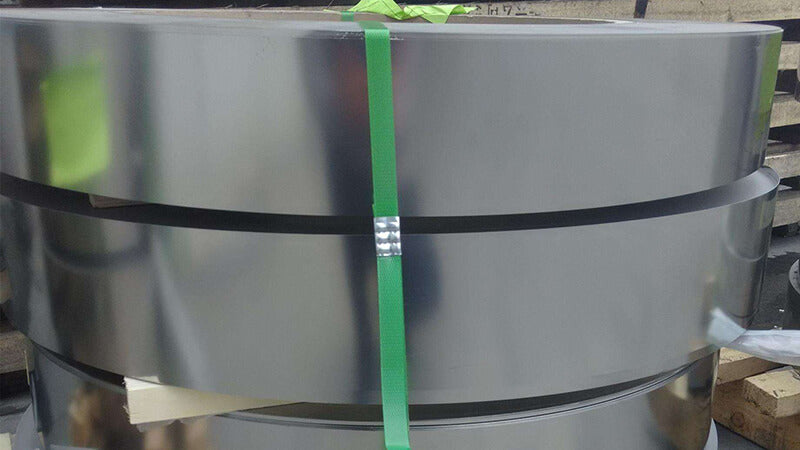

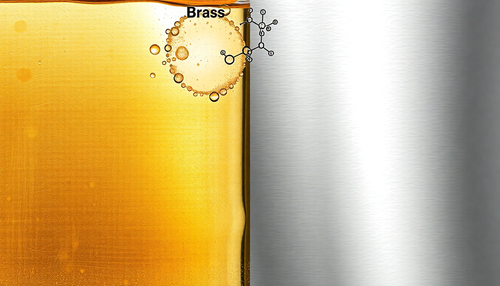
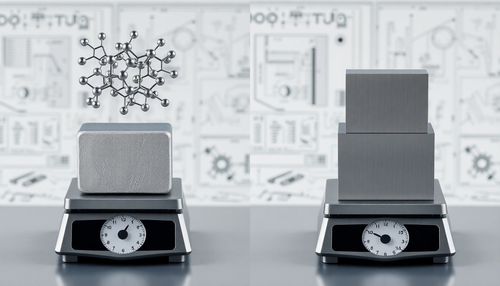

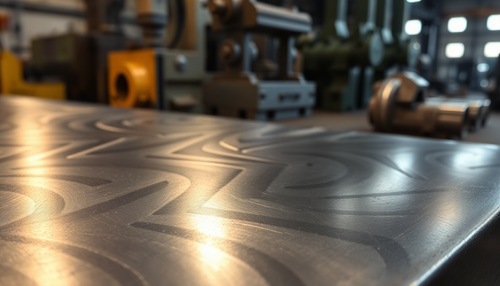

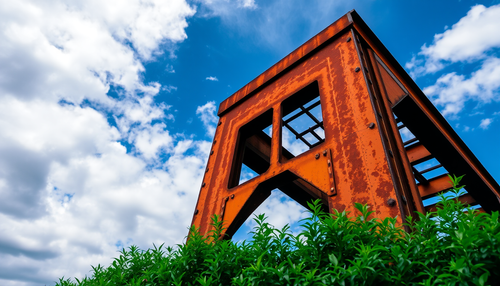





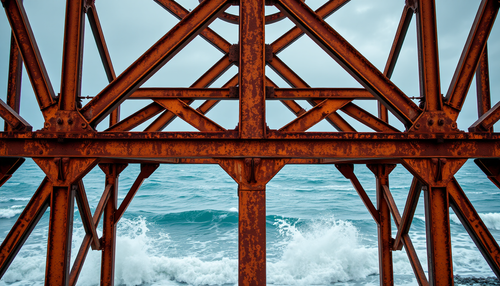


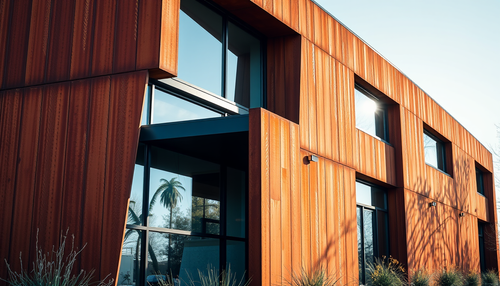

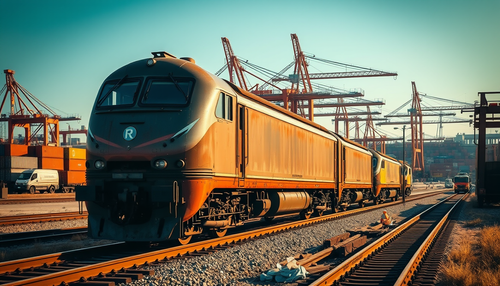
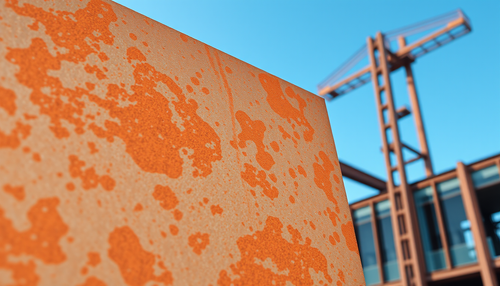
1comment
SS420
hardness 46/50 HRC